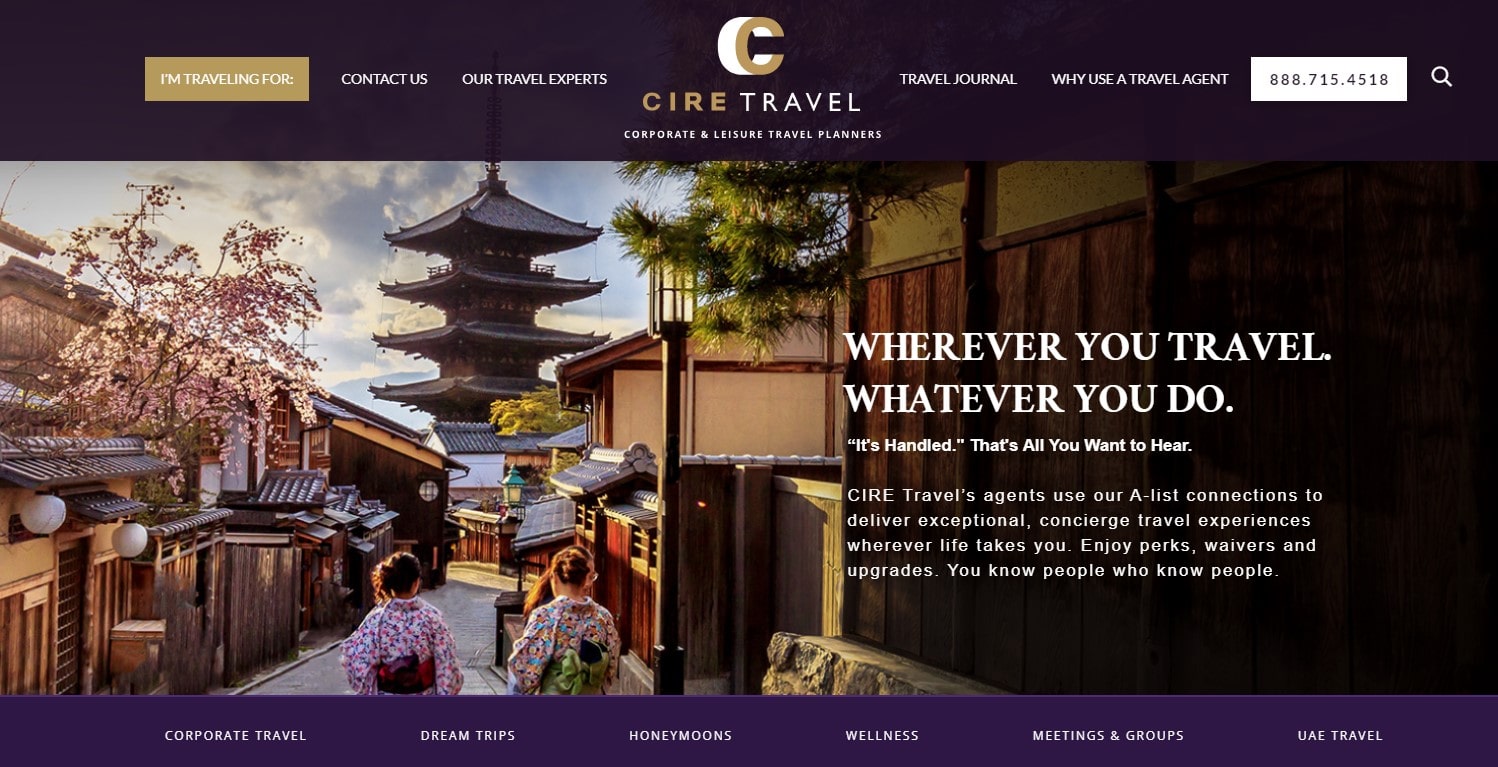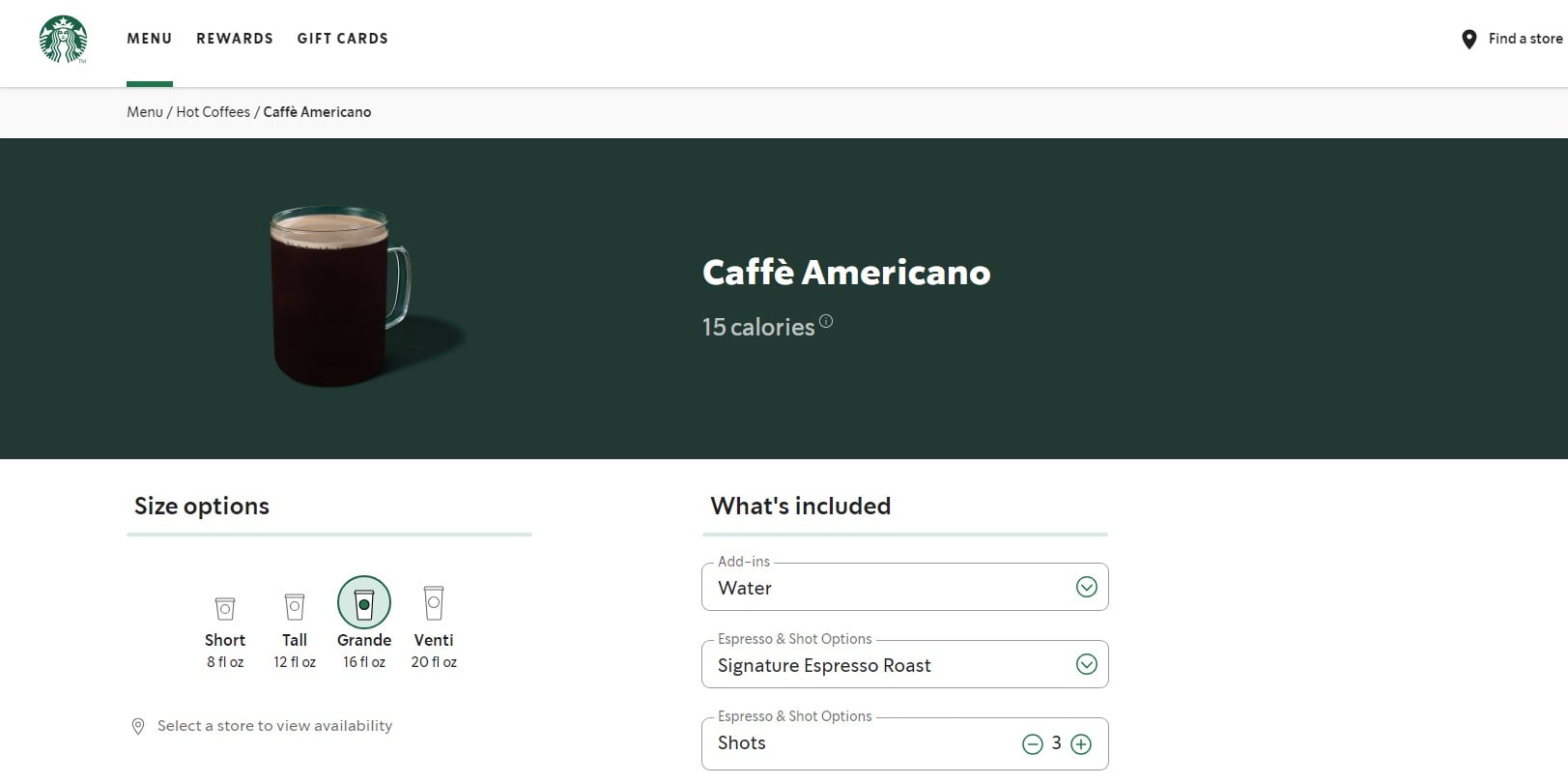Dive into the evolving landscape of digital marketing 🚀. As the web spins forward, it’s not just about SEO anymore. Welcome to the era of Search Experience Optimization (SXO) – an intricate blend of:
- Search strategy designed for users and bots alike 🤖.
- Experience enhancements ensuring visitors relish every click.
- Optimization tactics that pivot from mere rankings to memorable engagements.

It’s the amalgamation of SEO fundamentals with a user-centric focus, taking your digital endeavors from generic to genius. SXO crafts an experience that doesn’t just get visitors to your page – it keeps them there, engaged, and eager. And for those keen on mastering their website’s user journey, Plerdy offers a prime tool for CRO & UX – ensuring your site isn’t just optimized, but an experience. Jump in, and let’s unravel the depths of SXO together. 🌐🔍
Introduction to SXO
Search Experience Optimization (SXO) melds the core tenets of traditional SEO with a strong emphasis on the user’s experience. By prioritizing both search visibility and user engagement, SXO crafts a tailored journey for online visitors. Examples from diverse niches include:
- E-commerce stores optimizing product listings to provide swift, intuitive browsing.
- Blogs enhancing readability and interactivity for a seamless reader experience.
- Local businesses refining site navigation to cater to regional audiences.
Optimization strategies, rooted in a profound understanding of search patterns and experience preferences, ensure content resonates with the target audience while maintaining SEO excellence. A harmonious marriage of search and experience optimization, SXO stands out as the modern approach to digital visibility.
Definition of Search Experience Optimization

Search Experience Optimization (SXO) weaves together search strategies and user experience. No longer just about ranking, it’s about crafting memorable digital interactions. Let’s break down SXO with the hospitality niche:
- Optimization of hotel listings ensures they pop up in search results.
- Experience tailored to a traveler’s preference boosts bookings.
- SEO tactics get travelers to the site, but a seamless check-out process converts them.
- Search insights guide in personalizing guest stays.
By merging SEO’s technical prowess with a dedication to unmatched user experience, SXO sets the stage for meaningful online connections. The outcome? Enhanced visibility and a user journey that feels intuitive, satisfying, and smooth.
Evolution from SEO to SXO
The digital journey has seen a marked shift from pure SEO practices to the more comprehensive Search Experience Optimization (SXO). This transition has not only redefined search parameters but also raised the bar for user experience. Delving into the fitness industry as an illustration:
- SEO once focused on gym listings making the top ranks.
- Optimization has now extended beyond rankings to encompass user reviews and class schedules.
- Search parameters now factor in user intent, leading fitness buffs directly to tailored workout regimens.
- Experience enhancements, like virtual trial classes, now play pivotal roles.
Marrying the precision of SEO with experience-centric strategies, SXO ensures not just visibility but also meaningful, tailored interactions that resonate with users’ unique needs and desires.
Key Components of SXO

Diving deep into Search Experience Optimization (SXO), the blending of SEO tactics and user experience emerges paramount. Drawing inspiration from the publishing niche:
- Search algorithms prioritize articles, but SXO ensures readers stay hooked.
- Experience enhancements, like adaptive text formats, cater to diverse reading habits.
- SEO makes sure your piece surfaces; SXO guarantees readers relish every word.
- Optimization now encapsulates not only keywords but also user feedback loops.
Thus, while SEO propels an article into the limelight, SXO ensures it strikes a chord, resonating with its intended audience, compelling them to interact, share, and revisit.
User Intent Recognition
In the domain of Search Experience Optimization (SXO), recognizing user intent is pivotal. Delving into the travel industry as a case study:
- Search queries like “beach getaways” could hint at vacation desires.
- SEO techniques get these queries to the right site, while SXO tailors the browsing experience.
- Optimization goes beyond site rankings, adapting to traveler preferences and past behaviors.
- Experience is enhanced when a platform suggests personalized destinations or unique adventures.
Thus, as SEO ensures travelers find your platform, SXO, with its focus on user intent, crafts an experience ensuring they embark on their dream journey.
Content Relevance and Quality
Within the framework of Search Experience Optimization (SXO), the spotlight often falls on content relevance and quality. Consider the fashion industry:
- Search queries like “sustainable denim” reveal nuanced user preferences.
- SEO ensures fashionistas land on top-tier sites; however, SXO weaves a more tailored user journey.
- Experience gets a boost when content matches up-to-the-minute style trends.
- Optimization pivots to offer style tips, eco-friendly fabric insights, and pairing suggestions.
By seamlessly integrating SEO’s drive to spotlight content with SXO’s commitment to relevance and quality, brands not only grab attention but also cultivate lasting, style-savvy relationships.
User Engagement Metrics
In the landscape of Search Experience Optimization (SXO), gauging user engagement becomes paramount. Dive into the travel sector for clarity:
- Search activities might pinpoint “eco-friendly island resorts” as a trending query.
- SEO maneuvers travelers to premier websites, while SXO crafts an immersive, tailored journey.
- Experience thrives when users linger, interact, and bookmark top tropical spots.
- Optimization integrates timely reviews, virtual tours, and off-the-beaten-path adventures.
Blending SEO’s knack for directing traffic with SXO’s emphasis on user engagement metrics, travel platforms don’t merely showcase paradisiacal destinations—they cultivate wanderlust and empower travel enthusiasts to plot their next great escape.
Website Usability & Accessibility
In the bustling e-commerce sector, Search Experience Optimization (SXO) emerges as the bridge between search intentions and satisfying interactions.
- Search data reveals consumers craving seamless online shopping.
- Experience pivots on intuitive site navigation and crystal-clear product visuals.
- SEO drives shoppers to coveted digital storefronts, but SXO ensures they stay, explore, and buy.
- Optimization means whipping out streamlined checkouts, mobile-responsive designs, and voice search compatibility.
A leather jacket boutique, for instance, doesn’t just want visibility. By pairing SEO strategies with SXO finesse, they craft memorable, user-friendly moments. From hassle-free size guides to instant chat support, every touchpoint amplifies brand trust. In the unfolding era of SXO, it’s not just about arriving—it’s about the entire journey.
Mobile Optimization
In the digital age, Mobile Optimization stands front and center in the SXO arena. As consumers pivot to smartphones for their search habits, the synergy between search, experience, and optimization becomes paramount.
- Search on mobile requires swifter load times and thumb-friendly designs.
- Experience translates to effortless navigation, easily tappable buttons, and readable text sizes.
- Optimization for mobile goes beyond just SEO; it dives into creating a fluid, user-centric journey.
- SEO strategies make sure you’re visible, but SXO ensures visitors don’t bounce off.
Consider gourmet coffee shops: Their success lies not just in popping up on search results but ensuring coffee aficionados can effortlessly browse, read reviews, and order—all from the palm of their hand.
Page Load Speeds
Page load speeds are key to optimizing search, experience, and optimization. Lightning-fast load times bolster both search rankings and user experience—two fields that hinge on precision and speed.
- Search: Slow-loading pages drop in rankings, affecting visibility.
- Experience: Users expect pages to load in a blink; delays lead to bounce-offs.
- Optimization: Streamlined code and optimized images can trim down load times.
- SEO: Without speedy loads, even top-notch SEO practices may falter.
Consider online fashion boutiques: A swift showcase of trending collections ensures shoppers stay engaged, browse more, and often, shop more—creating an interconnected dance of search, experience, and optimization.
The Intersection of SXO and Traditional SEO

The Intersection of Traditional SEO and SXO exemplifies how blending search precision with unparalleled user experience paves the way for next-gen optimization. While SEO traditionally zoomed in on search visibility, introducing experience into the mix shifts the focus—creating a user-centric approach.
- Search: Precision remains paramount.
- Experience: Users no longer just find; they feel and engage.
- Optimization: Beyond algorithms, it’s about intuitive navigation.
- SEO: Not merely rankings; it’s holistic brand interactions.
Imagine a gourmet coffee shop’s online space: optimization ensures it pops up in search, while experience means customers can almost taste the coffee’s aroma, making their search meaningful and memorable.
Similarities and Differences
Similarities and Differences between SXO and Traditional SEO lay bare the evolution of optimization strategies. At their core, both emphasize search visibility, striving to capture and captivate audiences. Yet, they diverge in application:
- Search: Both tap into keywords; SXO integrates intent and context.
- Experience: Traditional SEO sidesteps it, SXO embraces user journeys.
- Optimization: SEO zeros in on rankings, while SXO weaves in user satisfaction.
- SEO: Stays consistent in objective, but SXO broadens the horizon with user-centric measures.
For instance, in the niche of artisanal chocolates, traditional SEO would push for top ranking using specific keywords. SXO, on the other hand, ensures that once a user lands on the page, they embark on a sensory-rich tour, making them more likely to engage and convert.
How SXO Enhances SEO Efforts
How SXO Enhances SEO Efforts showcases the merger of quality user experience with the might of traditional optimization. It’s not just about gaining traffic but ensuring that the journey offers value:
- Search: By tapping into deeper user intent, SXO refines the accuracy of search results.
- Experience: SXO nurtures connections, fostering longer site visits compared to regular SEO practices.
- Optimization: Beyond mere rankings, SXO boosts user satisfaction, decreasing bounce rates.
- SEO: Integrating SXO strategies, SEO outcomes see a notable surge in engagement and conversions.
Take, for instance, the boutique coffee industry. While SEO might get coffee enthusiasts on a page, SXO ensures they dive deep – exploring blends, reading up on brewing techniques, and even joining coffee-tasting webinars, culminating in a holistic digital adventure.
Practical Steps to Improve SXO

Practical Ways to Improve SXO combine powerful search with appealing UI:
- Experience: Elevate user journey maps, noting the flow from entry to conversion. Culinary blogs, for instance, should engage with mouth-watering visuals and easy-to-follow recipes.
- Optimization: Focus on a seamless mobile interface. Recognize that a diner hunting for an eatery will likely rely on a phone.
- Search: Regularly update content to mirror evolving user queries. If vegan diets trend, health sites should revamp their offerings.
- SEO: While backlinks remain gold, integrate them seamlessly into content without forcing the fit.
By weaving together search prowess with an optimal user journey, SXO turns casual visitors into loyal advocates.
Conducting User Experience (UX) Audits
Conducting User Experience (UX) Audits within the framework of Search Experience Optimization (SXO) demands precision and an empathetic approach. Here’s how to nail it:
- Dive deep into analytics, unraveling user behavior trends; an e-commerce site, for example, might uncover pivotal drop-off points during checkouts.
- Empathize with the audience by journeying through the website as they would. Pinpoint bottlenecks hindering seamless navigation or content accessibility.
- Validate your findings through A/B testing, a technique digital magazines often employ to refine layouts, driving optimal reader engagement.
- Forge ahead with enhancements, informed by audit insights, to bolster both SEO rankings and user satisfaction.
Strategically, intertwining meticulous UX audits with SXO refines search prominence and fosters an inviting digital ecosystem.
Implementing Feedback Loops
Harnessing feedback loops in Search Experience Optimization (SXO) can supercharge a brand’s digital impact. To do this effectively:
- Adopt tools capturing real-time user reactions; for instance, travel platforms can gauge visitor sentiments on destination pages.
- Swiftly act on user insights to refine the on-site experience, like how streaming services tweak their recommendations.
- Share iterations with users, cementing their role in shaping the site’s direction.
- Continuously monitor performance metrics, ensuring search relevancy and user satisfaction go hand-in-hand.
By embedding feedback loops in your SXO strategy, businesses optimize both search visibility and the end-to-end user journey, leading to enhanced loyalty and engagement.
Prioritizing Mobile Experience
Emphasizing the mobile experience within Search Experience Optimization (SXO) is crucial in today’s digital age. Here’s why:
- Over half of web traffic stems from mobile devices – for e-commerce brands, seamless mobile interfaces drive conversions.
- Google’s mobile-first indexing prioritizes mobile-optimized sites in search rankings.
- Users expect instant page loads and intuitive navigation on their handhelds, mirroring their desktop interactions.
By refining mobile interfaces and responsiveness, businesses tap into the pulse of the modern user. Leveraging SXO for mobile ensures optimal search visibility, unparalleled user experience, and a boost in digital traction across diverse industries.
Conclusion
Navigating the digital realm, Search Experience Optimization (SXO) has carved its signature mark in optimizing both search and user experience. Embracing SXO means syncing with search engines like Google while aligning with user expectations. Let’s highlight:
- Emphasis on organic search has elevated, making SEO and user experience merge seamlessly.
- Understanding and implementing SXO isn’t a trick—it’s a structured approach to meet user demands.
- Achieving high rankings now hinges more on user experience than just keywords.
Your journey with SXO isn’t over once you’ve implemented the basics; it’s an ongoing process. For those ready to dive deeper, Plerdy offers an in-depth SEO & UX analysis tool, unlocking insights to enhance your site’s experience. Remember, in today’s digital sphere, it’s not just about being visible—it’s about offering a memorable journey. With SXO, you’re not just optimizing; you’re revolutionizing the way clients interact with your content. Wrap up your SXO journey by ensuring every path taken is one of clarity, precision, and purpose. Embrace this dynamic duo of search and experience—because in the world of digital optimization, it’s the balanced blend that wins. 🌐✨🔧.
